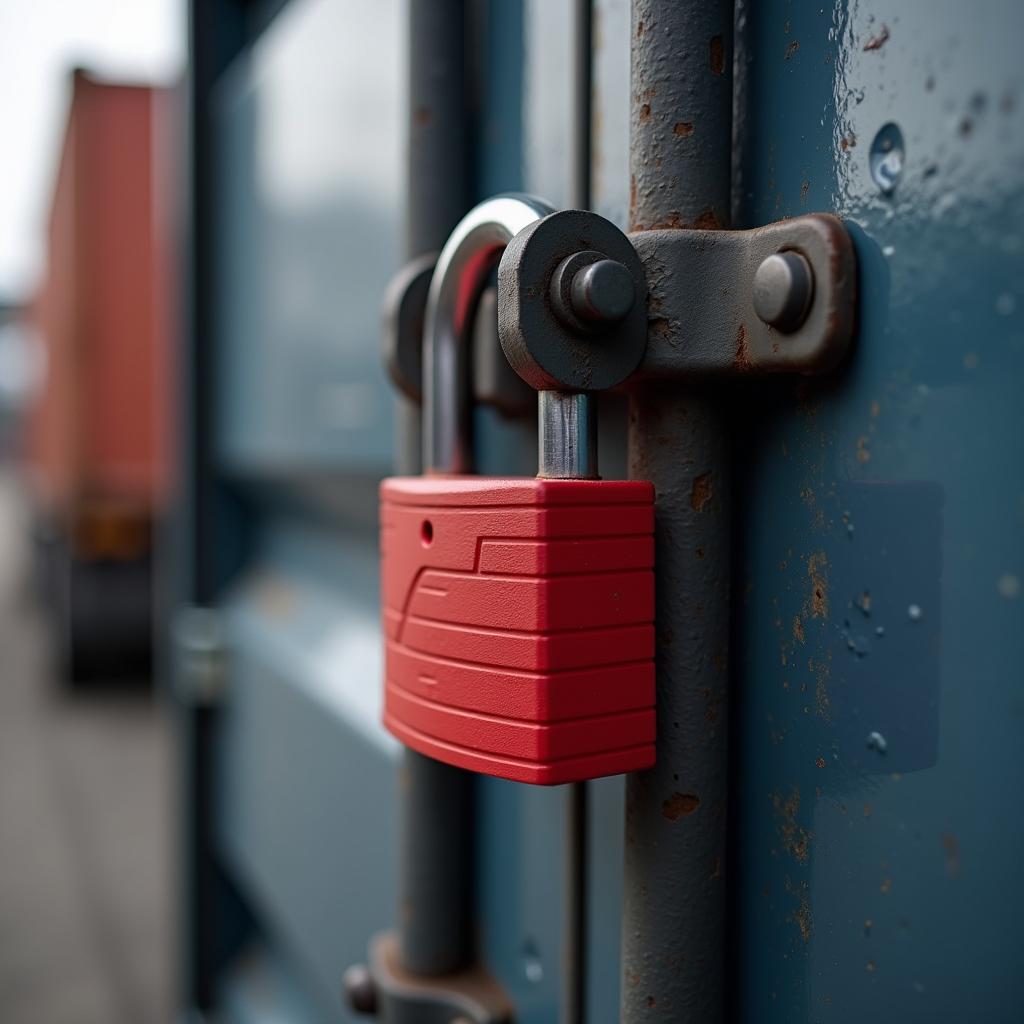Essential Tips to Secure High-Value Freight
In today’s complex logistics landscape, securing high-value freight in trucking has become more crucial than ever. With cargo theft on the rise and increasingly sophisticated criminal operations, protecting valuable shipments requires a comprehensive approach combining technology, strategy, and best practices. This guide will walk you through essential steps to ensure your high-value cargo reaches its destination safely and securely.
The Rising Challenge of Cargo Security
In recent years, the transportation industry has witnessed a significant increase in cargo theft incidents, with losses amounting to millions of dollars annually. According to the National Insurance Crime Bureau, cargo theft results in an estimated $30 billion in losses each year in the United States alone. Understanding and implementing proper security measures isn’t just about protecting assets—it’s about maintaining customer trust and ensuring business continuity.
Advanced Technology Solutions for Freight Security
The digital revolution has brought forth numerous technological innovations that have transformed how we approach freight security. Here are some essential technologies that every carrier should consider:
GPS Tracking and Real-Time Monitoring
– Advanced GPS systems with geofencing capabilities
– Real-time location tracking and route optimization
– Automated alerts for unauthorized stops or deviations
– Temperature and environmental monitoring for sensitive cargo
Electronic Logging Devices (ELDs)
– Compliance with federal regulations
– Driver behavior monitoring
– Hours of Service (HOS) tracking
– Fuel efficiency optimization
Smart Locks and Seals
Modern security solutions include electronic locks that provide:
– Remote locking and unlocking capabilities
– Tamper detection and instant alerts
– Digital audit trails
– Integration with fleet management systems
Physical Security Measures and Best Practices
While technology plays a crucial role in securing high-value freight, physical security measures remain fundamental:
Vehicle Security
– High-security locks and seals
– Reinforced doors and panels
– Air cuff locks
– Kingpin locks for trailers
– Secure parking protocols
Driver Training and Protocols
Comprehensive driver training should include:
– Security awareness and threat recognition
– Emergency response procedures
– Communication protocols
– Documentation requirements
– Rest stop security measures
Risk Assessment and Route Planning
Effective security begins with thorough planning and risk assessment:
Pre-Trip Planning
– Detailed route analysis
– Identification of secure parking locations
– Weather and traffic considerations
– Alternative route options
– Emergency response planning
Risk Mitigation Strategies
– Regular security audits
– Insurance coverage review
– Team driving for high-value loads
– Continuous monitoring and assessment
– Incident response procedures
Documentation and Compliance Requirements
Proper documentation is crucial for securing high-value freight:
Required Documentation
– Bill of lading
– Insurance certificates
– Hazmat documentation (if applicable)
– Chain of custody records
– Incident reports
Compliance Considerations
According to the Federal Motor Carrier Safety Administration, carriers must maintain:
– Updated security protocols
– Driver qualification files
– Vehicle maintenance records
– Safety ratings
– Operating authority documentation
Building a Security-First Culture
Creating a security-conscious environment is essential for protecting high-value freight:
Employee Training and Awareness
– Regular security briefings
– Updated threat assessments
– Best practice sharing
– Incident reporting procedures
– Recognition programs for security compliance
Communication Protocols
– Clear chain of command
– Emergency contact procedures
– Regular status updates
– Incident reporting guidelines
– Stakeholder communication plans
Insurance and Asset Protection
Comprehensive insurance coverage is vital for high-value shipments:
Insurance Considerations
– Cargo insurance requirements
– Liability coverage
– Gap insurance options
– Claims procedures
– Risk assessment impact on premiums
Additional Protection Measures
– Contingency planning
– Asset recovery procedures
– Documentation requirements
– Claims management
– Loss prevention strategies
Conclusion
Securing high-value freight in trucking requires a multi-faceted approach combining technology, physical security measures, and proper protocols. By implementing these essential tips and maintaining vigilant oversight of your security procedures, you can significantly reduce the risk of theft and ensure your valuable cargo reaches its destination safely.
Don’t leave your high-value shipments vulnerable to theft or damage. Contact our experienced team at +1 206-337-4787 to learn how we can help protect your valuable cargo with our comprehensive security solutions. Our experts are ready to assess your needs and develop a customized security plan that gives you peace of mind and ensures your freight’s safety from pickup to delivery.
Remember, the cost of implementing proper security measures is minimal compared to the potential losses from theft or damage. Take action today to protect your valuable shipments and maintain your reputation as a reliable carrier in the industry.
Let us help you secure your high-value freight with our proven security solutions. Contact us now to get started.







